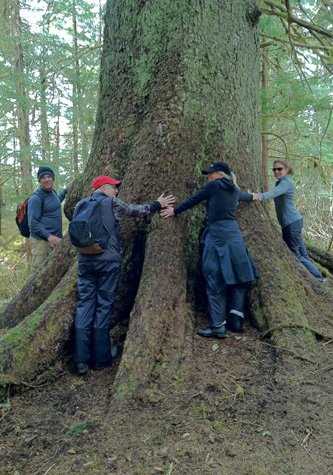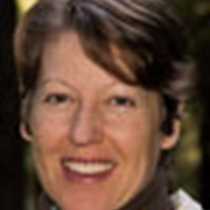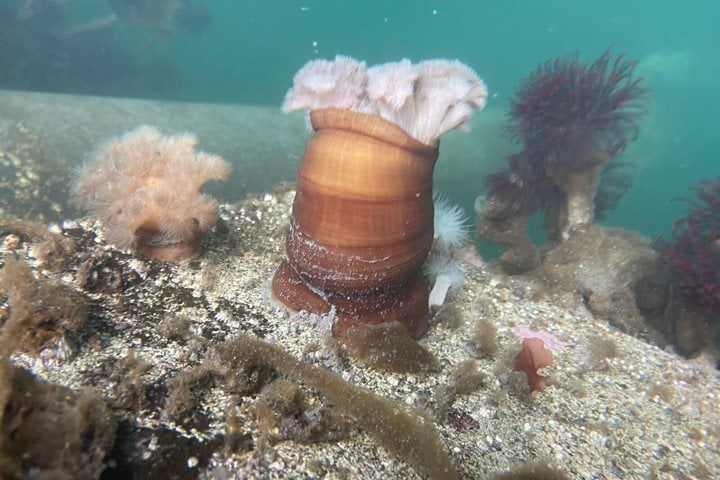“Come forth into the light of things; let nature be your teacher.” –William Wordsworth
“Good morning… good morning,” murmured the gentle voice of our expedition leader over the P.A. “It’s just after 6:30 and I’m waking you up a little early because we have a humpback whale just off the starboard bow. It’s 47 degrees out, so put on a few layers and come outside… it’s a worth a look on your first morning here in Southeast Alaska.”
And so it began. We awakened aboard National Geographic Sea Lion in Hood Bay, a succession of four or five “Pffttt” outbreaths of the humpback whale, followed by curving arch of the back to reveal the tail fluke as it dove down for several minutes of feeding before coming back up for breaths. The backdrop: grayish-white fog clinging to evergreen tree-lined shore, and several shadings of gray layering the skies above. A typical morning in Southeast Alaska. We cruised through Hood Bay, and along the shoreline of Sitkoh Bay, enjoying the quiet muted scenery, keeping eyes out for wildlife. In the late morning many gathered in the lounge for the “Photography Essentials” presentation and breakout sessions with cameras.
In the afternoon National Geographic Sea Lion anchored off the northeast corner of Baranof Island outside Hanus Bay for introductory hikes in this beautiful mixed old- and secondary-growth forest. Rubber boots were christened as we stepped onto the beach, and tromped along gravel-laid paths, in places overrun with water or mud or snow.
The color of spring was everywhere – green mosses and lichens and fungi, green shoots poking out of the ground, green buds pushing from tree branches, seeping through cracks in the boards and gravel. Life forcing its way up and out, into the light. The smells: musty and damp earth mixed with the heady oxygenated scent of Sitka spruce and Western hemlock. The sound of water was everywhere… from trickling pools to gushing streams… melt- and rain-water making its way back to the ocean.
Signs of wildlife were plenty: tracks and chomped-off skunk-cabbage heads and scat of the Sitka black-tailed deer; squirrels’ spruce cone middens; the calls of birds, including the long melodious winter wren and the short trill whistle of the varied thrush. A silent pause during the long hike was rewarded by the sudden swoop of an eagle through the clearing. Whether short or moderate or long hike, all who entered the forest were rewarded with her beauty and magic. What a lovely day!







